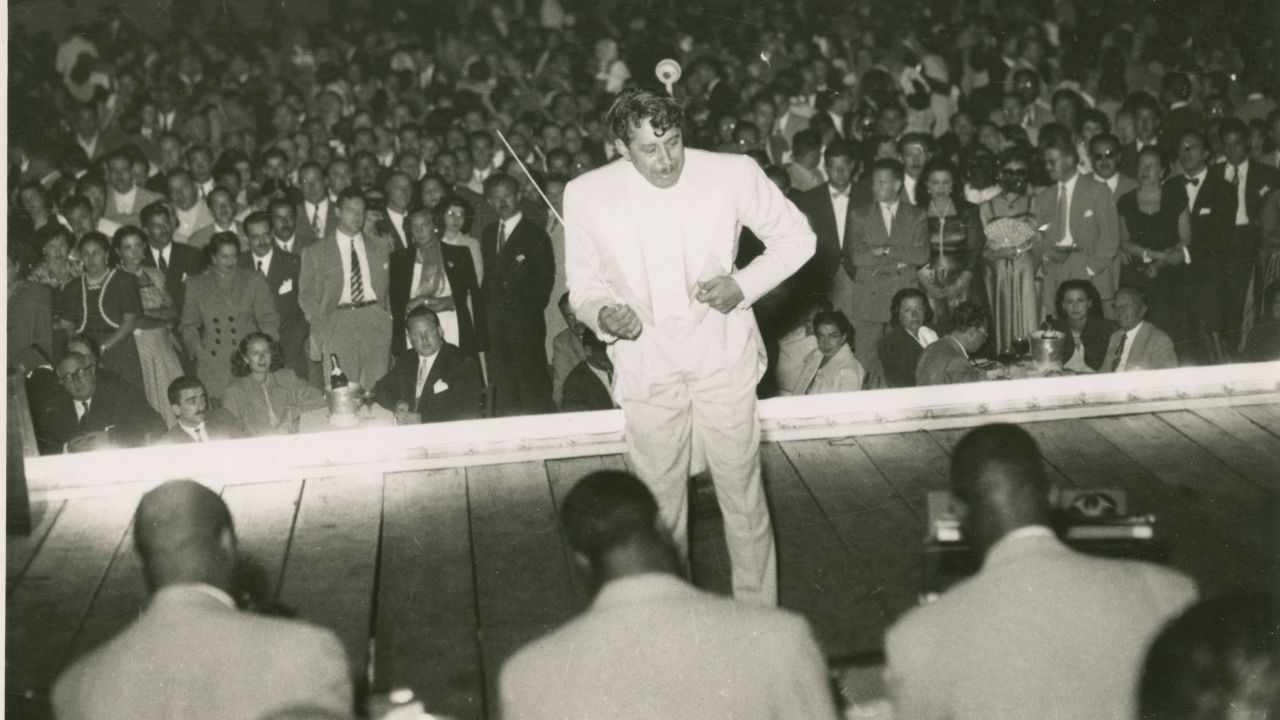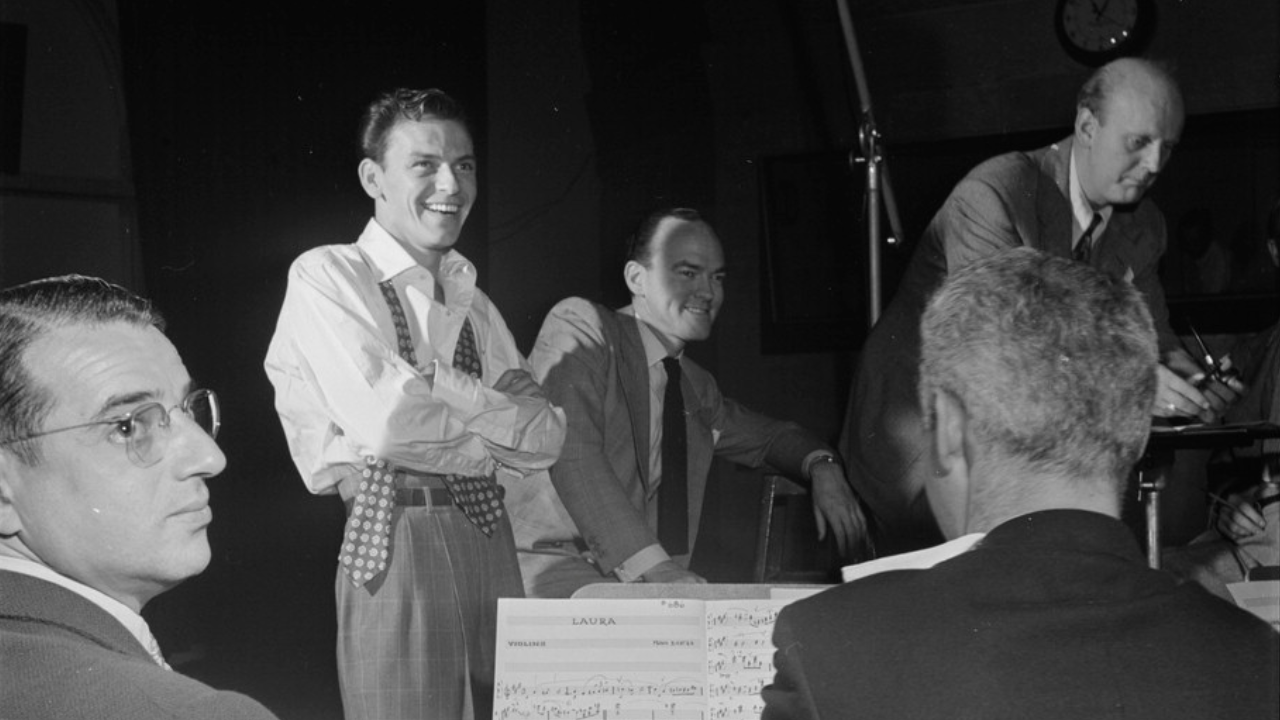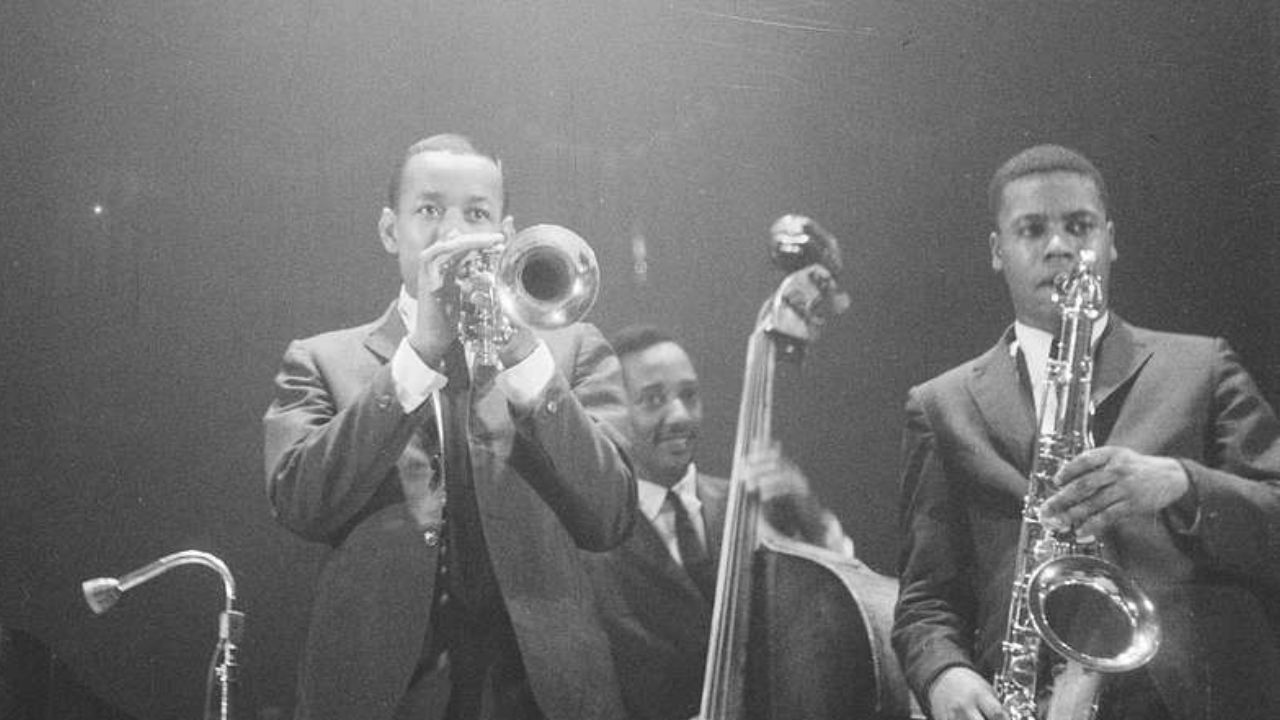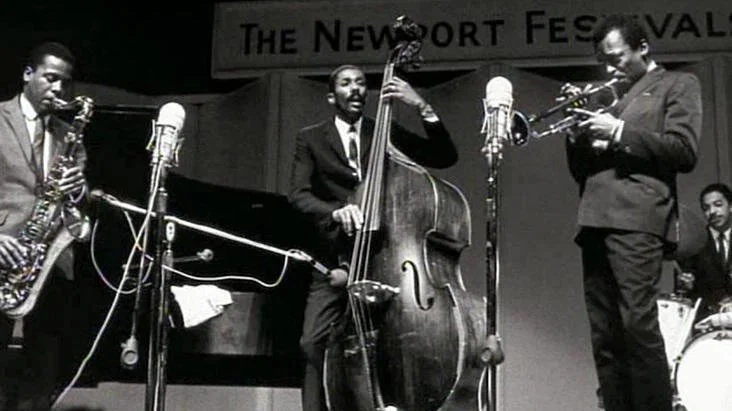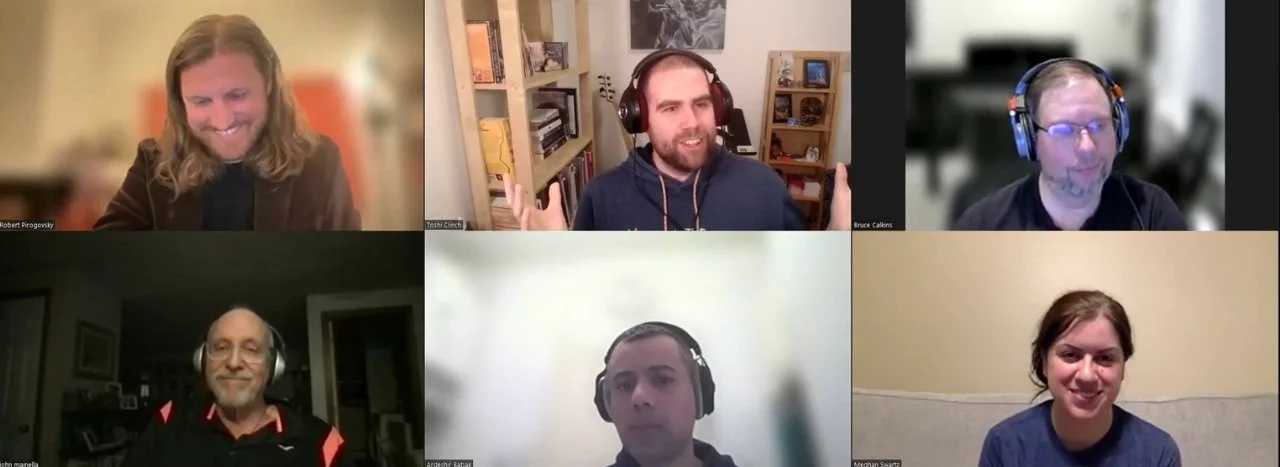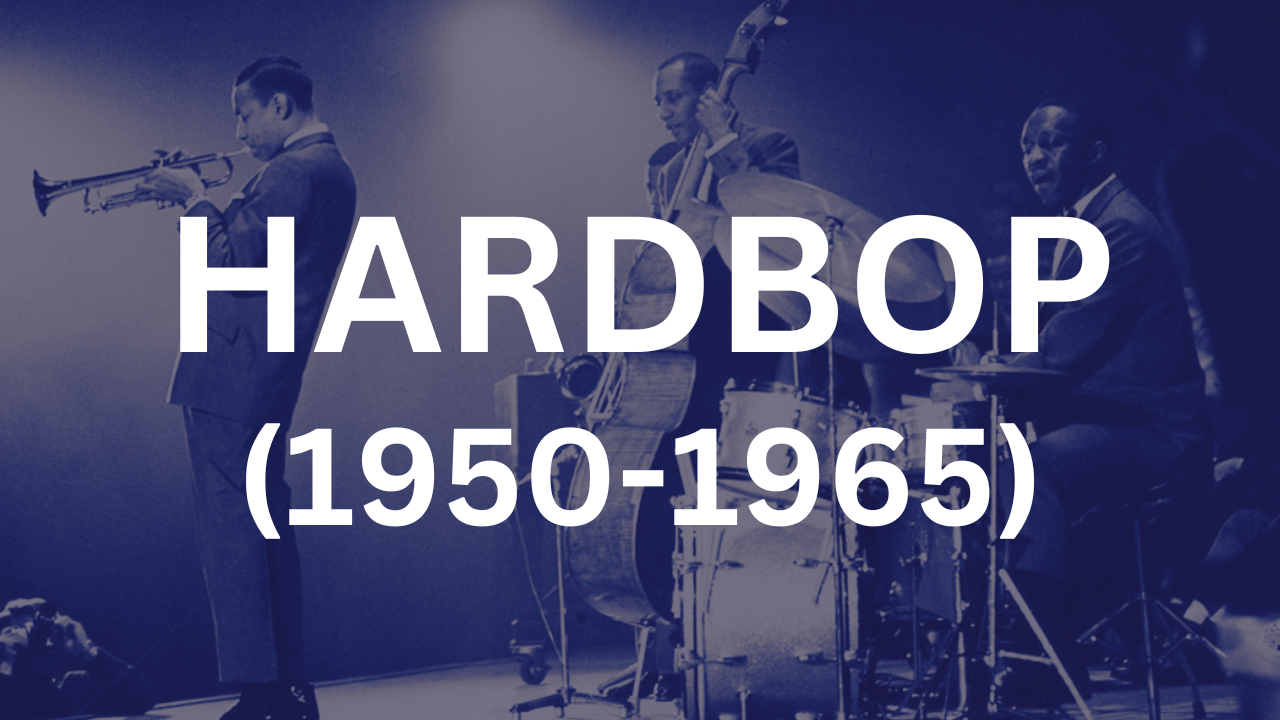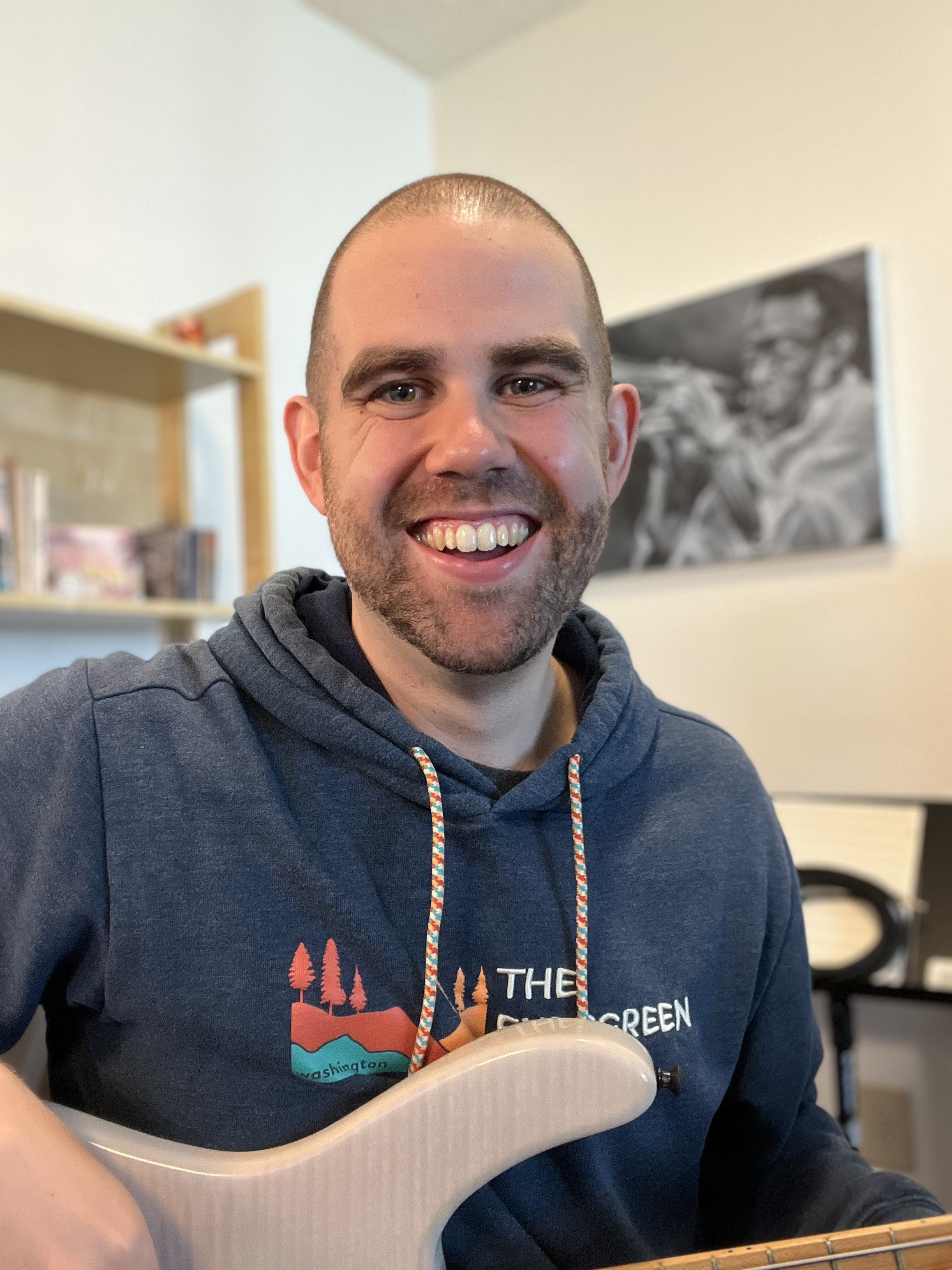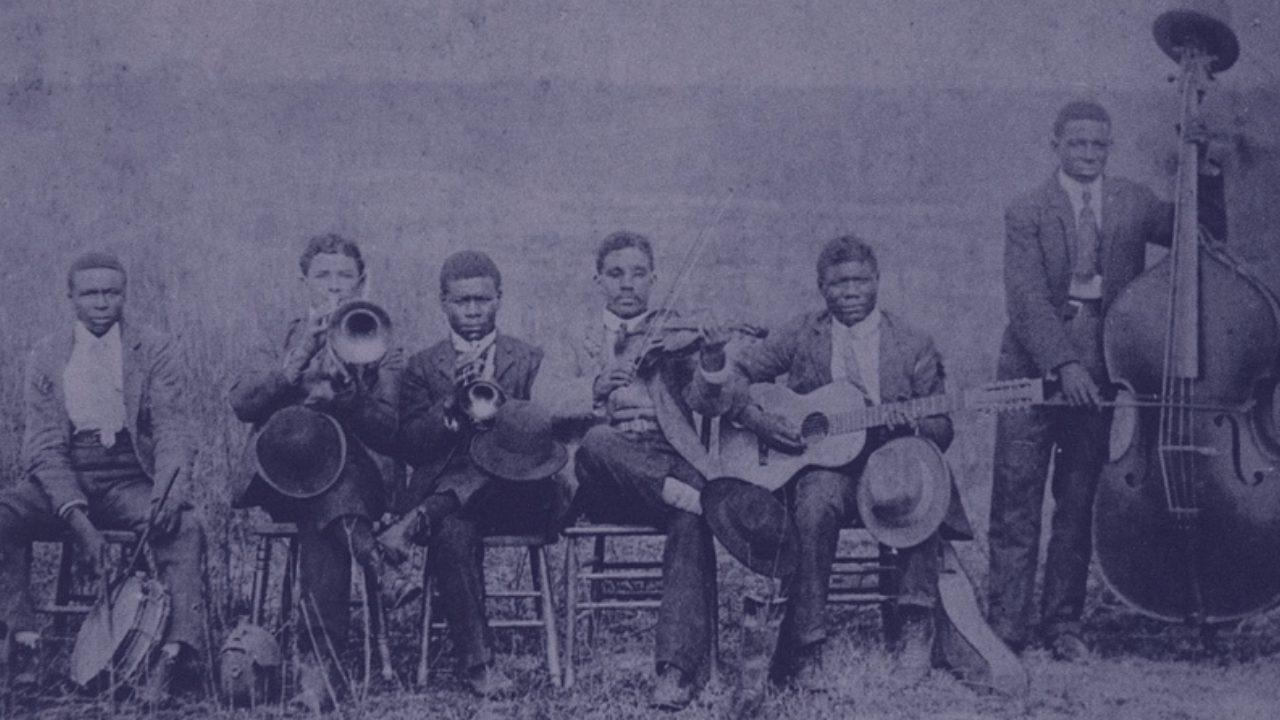
ARRANGING 102
Jazz Styles From New Orleans To Now
Course Overview
Knowing a couple of arranging techniques is one thing but understanding which is suitable for a given context is a completely different ball game. Since the inception of jazz there have been dozens of styles created, each having unique characteristics and sounds which define them. In this 10 week course we cover all of the major jazz styles created in the 20th century, unpacking the relevant characteristics and techniques so that you can capture them authentically in your own writing. While it is not necessary to have taken the Arranging 101 course, the curriculum in this course is a direct continuation and makes use of the terminology and content discussed in A101. Every session is taught live through Zoom with Toshi Clinch, an experienced arranger who will answer your questions and guide you through each topic. If you can’t make a session don’t worry, each live Zoom is recorded and sent out to participants afterward so you can catch up or look over the content in your own time. The course has a maximum capacity of 25 people to guarantee that all participants have access to Toshi and achieve their arranging goals.
Curriculum
Discover a myriad of styles and the characteristics necessary to replicate them authentically. From artists such as Duke Ellington to Herbie Hancock, this is the first course of its kind in jazz arranging to cover the linear evolution of jazz styles.
Week One - Early Jazz
We start where it all began, the streets of New Orleans where the music of the Caribbean, Ragtime, Operetta, Work Songs, the Blues, Marches, and many other styles came together to create what we now call Jazz. The session looks at how jazz was created as well as the characteristics of Early Jazz recordings from artists like Louis Armstrong and Jelly Roll Mortin.
Week Two - The Jazz Age
As jazz moved outward due to the Great Migration, it developed new flavors with artists such as Louis Armstrong, Fletcher Henderson, and Duke Ellington. In the session we will look at where jazz arranging began and explore how it evolved into three distinct sounds in cities like Kansas City, Chicago and New York.
Week Three - The Swing Era
1935 ushered in the swing era and with it came the famous dance bands led by Cab Calloway, Chick Webb, Benny Goodman, and many others. Building off of the many developments of the 1920s, in this session we will explore how arrangers used a wider variety of textures to create interest in Swing Era charts.
Week Four - Latin Jazz
With the arrival of immigrants from Puerto Rico and Cuba the sound of jazz drastically changed. This session provides an introduction to the characteristics of Cuban music and how artists such as Xavier Cugat and Machito changed the sound of sweet music and big band jazz through incorporating various Latin textures.
Week Five - Bebop
In response to swing music becoming overly repetitive and losing the excitement of earlier styles of jazz, a new wave of musicians started looking at the music differently. In this session we will unpack the many developments of artists such as Charlie Parker and Dizzy Gillespie, and how they came together to create one of the most influential jazz styles.
Week Six - Traditional Pop (Crooner)
The end of the 1940s marked the rise of the crooner and with them came large orchestral scores. In this session we will explore the techniques used by arrangers like Axel Stordahl and Nelson Riddle, two individuals who perfectly underscored many popular vocalists by merging the big band with various orchestral textures.
Week Seven - Cool Jazz
Out of Bebop came a period of extreme musical creativity. Thanks to the collaborations between Gil Evans and Miles Davis, the innovations of the beboppers were taken from the small group format and transferred into large ensemble arrangements. In this session we will explore the sound of Birth of the Cool, specifically dissecting the writing style of Gil Evans and Gerry Mulligan.
Week Eight - Hardbop
With the rise of Rhythm and Blues and the establishment of a new improvisation style in the form of bebop, the sound of jazz naturally started to evolve. In this session we will pick up with the tail end of bebop and look at how musicians such as Horace Silver redefined the sound of jazz in the 1950s.
Week Nine - Modal & Free Jazz
Nearly twenty years after the creation of bebop, the innovations of the style were starting to become stale. As a result, musicians started experimenting with new approaches that pushed jazz in drastically different directions. One avenue was modal jazz through the recordings of Miles Davis and another was free jazz thanks to Ornette Coleman. In this session we will look at the defining characteristics of both styles.
Week Ten - Postbop
While some artists pursued modal and free jazz, others pushed hardbop further by incorporating a wide variety of new harmonic techniques. For the first time in history, jazz had pushed away from tonality thanks to the innovations of Herbie Hancock, Wayne Shorter, Chick Corea, and a number of others.
Testimonials
Learn At Your Pace
Everyone learns differently and you deserve to feel comfortable with obtaining new skills no matter your background. Arranging 101 is designed to be flexible. If you want to go through the course quickly, you can, but if you have commitments that you can’t move or prefer a more relaxed learning experience, we’ve got you covered. Every participant receives lifetime access to course resources.
Ask Questions & Learn In A Digital Classroom Setting
- OR -
Watch A Recording
Supplemental Resources Are Included
Alongside the course we provide weekly readings and exercises which unpack everything covered in the sessions. These include:
detailed readings which cover all of the topics in more detail and include a number of recordings and score examples
dozens of workbook exercises with an accompanying answer key
feedback exercises where you can apply the techniques in your own writing and receive personalized feedback
Here’s an example of some of the readings:
Receive Personal Feedback
For those wanting to apply the content covered, each week includes a set of feedback tasks upon completion participants receive in-depth feedback from the instructor. The feedback is tailored to each person’s level of experience as well as their personal arranging goals and when necessary, participants may resubmit work and receive additional comments. For those that may need clarification or assistance on topics, there is also ample time in every class to ask questions as well as an unrestricted discussion time at the end of each zoom call.
Get To Know Your Instructor
Toshi Clinch is a renowned Australian arranger and educator who is deeply passionate about growing the world of jazz education through accessible formats. Falling in love with music at the ripe age of six, for years Toshi was captured by the mystery behind writing music for big band. Fast forward to 2013, he was given the opportunity to explore his curiosity at the prestigious University of North Texas where he majored in Jazz Arranging under the tutelage of Grammy-nominated composer Rich DeRosa (JLCO, Metropole Orkest, WDR Big Band) and had opportunities to write for guest artists such as Danilo Perez (Dizzy Gillespie, Wayne Shorter). After graduating in 2016, Clinch quickly established himself as one of the go-to arrangers for Royal Caribbean Cruise Lines, writing arrangements for a number of vocalists from T.V. shows such as America’s Got Talent, The Voice, X Factor, as well as performers from Broadway and the West End. Notably, during this period he also had the opportunity to write for major artists such as Yo-Yo Ma, James Morrison, the Glenn Miller Orchestra, and the Tommy Dorsey Big Band. Toshi has produced a number of his own big band albums including Vesuvius (2017), Gillespiana (2020), and Duke Ellington’s Sacred Concerts (2022).
In recent years, Toshi has focused on music education by starting his own music education business. Through this program he has provided hundreds of performance opportunities to up-and-coming musicians as well as collaborated with international artists such as Jacob Collier, Terri Lyne Carrington, Dick Oatts, the Jazz at Lincoln Center Orchestra, and was nicknamed the “Quincy Jones of Australia” by Rich DeRosa for his prolific output.
In 2019, alongside the youth program, he started offering online courses in a variety of topics such as arranging, music theory, and jazz styles such as Bebop, Swing, and Latin Jazz. As a result, he has now helped hundreds of participants achieve their musical dreams, with many going on to make their mark on the international jazz scene.
Course Details
Capacity: Maximum 25 participants - 18 SPOTS REMAINING
Course Length: 10 Weeks with a mid course break
(Tuesday nights, Feb 3 to Apr 14)
Session Length/Times: 90 minutes, either
7-8:30pm Pacific Time (10-11:30pm ET)
-OR-
7-8:30pm GMT (1-2:30pm ET)
Cost: $399 USD Early Bird Discount $299 USD (Ends Jan 1)
(payment plans available, 100% Refund if you’re not satisfied)
Delivery: Online via Zoom (every live session is recorded and provided to participants shortly afterwards with attendance being optional)
Resources: Readings, exercises and recordings are provided weekly and you’ll receive lifetime access to all content.
Feedback: Upon completion of the weekly feedback tasks, you will receive personalized comments from Toshi
Extras: Multiple masterclasses which cover topics such as Sibelius, conducting, and music business, as well as access to 400+ digital scores, scroll down to learn more
Requirements: Any digital notation software such as Sibelius, Finale, Musescore etc (you can opt to do everything by hand too)
Expression of Interest
Extras
When you sign up to an Arranging 102 cohort you also receive a number of extra resources for free. These include:
Introduction to Sibelius Masterclass
When it comes to composing, one of the biggest setbacks is feeling comfortable with notation software. In this masterclass you’ll come away with the skills to use Sibelius efficiently, removing any boundary you may have with the software. In particular, we’ll be looking at hot keys, functions, and tricks professionals use to achieve maximum productivity.
Big Band Conducting Masterclass
It’s one thing to write amazing music and another to lead other musicians through performing it. In this masterclass we’ll cover the in’s and out’s by looking at everything from how to have a productive rehearsal all the way to what to do when something goes wrong in a performance. You’ll come away with the confidence to conduct your own big band and be able to make the most out of any score.
The Business Behind Arranging Masterclass
If only it was as simple as writing music. To be a professional arranger it takes more than creativity and requires some business skills to establish a sustainable career. In this masterclass we dive into the nuts and bolts about how to land a commission and get paid to do what you love.
Digital Score Library
Not only do we provide in-depth analysis of a number of scores throughout the course but by participating you also receive access to a digital score library of over 400 PDFs. They are made up of a mixture of small group and big band arrangements that Toshi has personally written or transcribed throughout his career.




